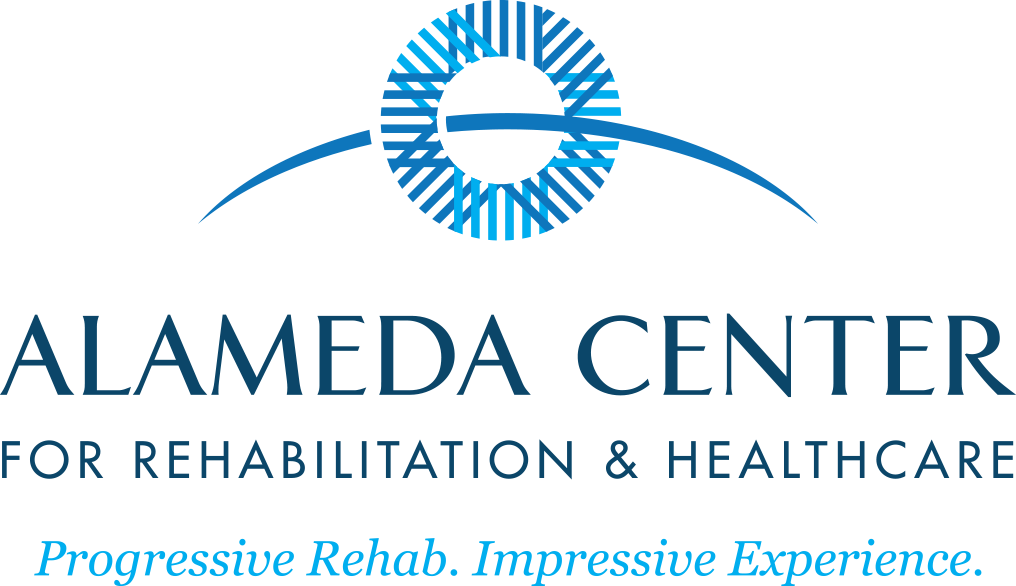Four Steps for Post Hospitalization Care
When someone leaves the hospital, it’s critical that she receives the appropriate post hospitalization care. Unfortunately, there’s a high rate of readmission – from 20% to 30%, depending on the procedure. What are the causes? Sometimes it’s just a matter of illness or injury. But often, the patient hasn’t taken sufficient care to take the time to heal. People might be eager to get back their regularly scheduled living; however, it’s crucial to follow protocol for the best outcome. With the right care after leaving the hospital, the rate can be greatly reduced. Here are four steps to follow to maximize the patient’s chances of a clean discharge and healthy future.
-
Total dependence
For the first two weeks after discharge, the patient should not do anything for herself. She simply needs to rest and recover. Hospitals are not the places to recover; they send patients home at the earliest opportunity. But that doesn’t mean the patient has recovered enough to jump back into life. Either its family member or hired aide must be around to assist the patient in all of her needs. She should not be cooking or cleaning at all, and often she shouldn’t be using stair or walking long distances. She might even need someone to feed her. The exact nature of the limitations will depend on the illness and procedure. This can be challenging for someone who is intellectually capable and finds it hard to relax, but it will help avoid readmission.
-
Semi-dependence
After the patient has sufficiently rested and healed to some degree, the next step in post hospitalization care is beginning to gain some independence. She can now begin to do some very light ADLs’s (activities for daily living). She can start to feed herself if she wasn’t before, walk longer distances, and make herself a coffee. She should still sit out of heavier food preparation and housework. If she feels at all uncomfortable taking this next step, she should make sure to get help from her aide. And if it feels like too much, she should fall back and rest again until she feels ready to try to tackle the task.
-
Guided independence
At this point in post hospital care, the patient has mastered some light ADL’s and can begin more intense activity. However, at this stage, she should still have the guidance and support of a caregiver, who should be available to watch and step in when necessary. They might plan a trip to the supermarket together or prepare a meal in tandem. While now it may seem that the patient is recovered, you shouldn’t skip this step – each incremental step helps her avoid a trip back to the hospital.
-
Independence
Congratulations, the patient is now able to go about her regular daily activities without support. Post hospitalization care is now complete, and the patient can function as normal. Keep in mind though that if at any point she feels weak or unable to continue, she should take a step back and rest.
At the Alameda Center, we strive to provide premium post hospitalization care services to help our patients reach their recovery goals. We’re the first step in the process, and we look forward to servicing our patients while they relax and get ready for the next step on their journey to independence.
